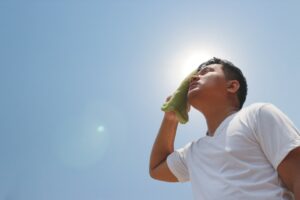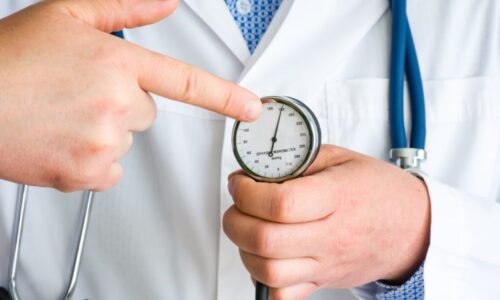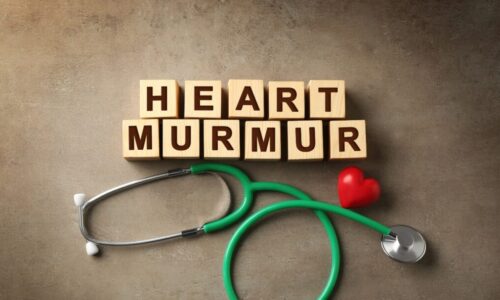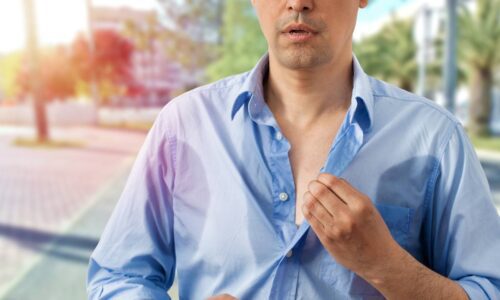What is heatstroke? |

I got heatstroke once when I was hiking in Arizona. As I was coming down the mountain in the final mile, I was overwhelmed with a feeling of nausea and I started dry heaving. At the time I was confused about what was happening, because I thought I had been drinking enough water during the hike, and although I had run out a little while back, I didn’t have any sweat on my body, nor did I feel overwhelmingly hot.
But dry, desert conditions can cause sweat to evaporate so quickly, you don’t even know you’ve been sweating. The risk for heat stroke increases with outdoor temperatures above 100 degrees Fahrenheit and with physical activity. Outdoor running is not recommended when it is above 85 degrees. Luckily for me, I wasn’t too far from my car when I became sick.
How do you know if you might have heatstroke?
The symptoms include: Mental status changes such as confusion, agitation, slurred speech, irritability, delirium, seizures and coma. Physical symptoms including nausea and vomiting, flushed skin, rapid breathing, racing heart, and headache.
How do you treat heatstroke?
Rapid cooling techniques include cold water or ice baths, cooling blankets, getting into an air conditioned space, drinking water, getting out of the direct sunlight, and cooling the skin with water and fanning. Severe cases of heatstroke require emergency intervention.
Fortunately, I got to my air conditioned car and found some extra water inside. If I had been hiking even 30 minutes longer, I wonder if I might have collapsed. It was a sobering experience, and one that taught me not to repeat it.
This is what I’ve done to avoid future heatstroke:
- Do not do strenuous exercise outdoors when the temperature is >85 degrees.
- Do not stay outdoors for prolonged periods of time when the temperature is > 100 degrees.
- Drink lots of water in the heat. Two to four glasses per hour may be necessary.
- Have a plan to escape the heat if necessary (a body of water, or air conditioned or shady space nearby).
- Wear sunscreen, wide brimmed hats, and breathable clothing in light layers.
For more information about heatstroke, check out the Mayo Clinic website: http://www.mayoclinic.org/diseases-conditions/heat-stroke/basics/definition/con-20032814
References
https://cchealth.org/heat/prevention.php
http://www.mayoclinic.org/diseases-conditions/heat-stroke/basics/definition/con-20032814
If you have any more questions just Ask Hanna, our health advisors are here to help.
Dr. Val Jones MD – Health Tip Content Editor
Image: ©Shutterstock / BLACKWHITEPAILYN








